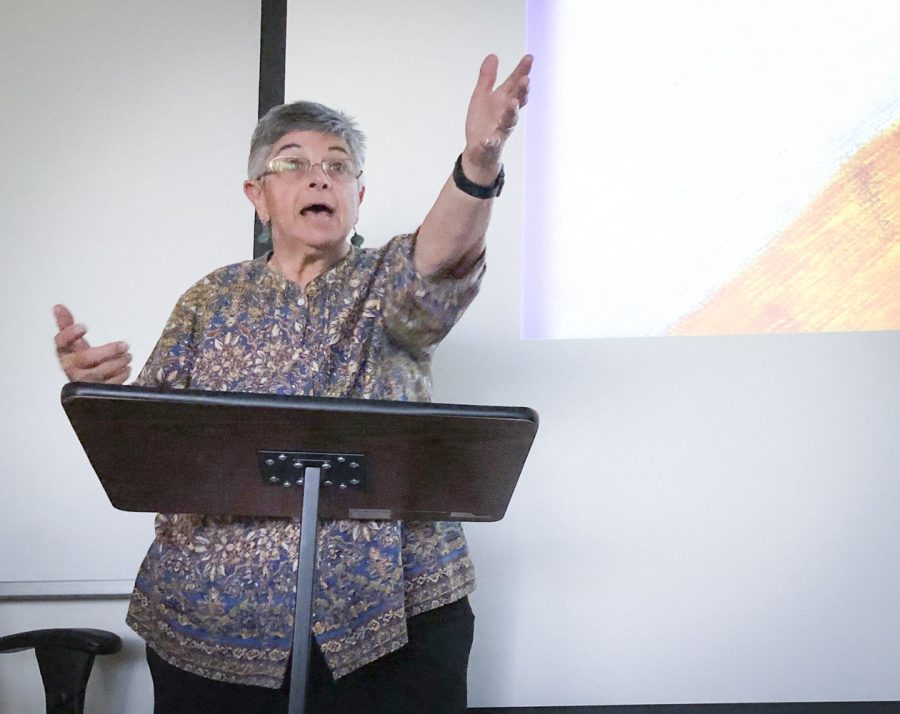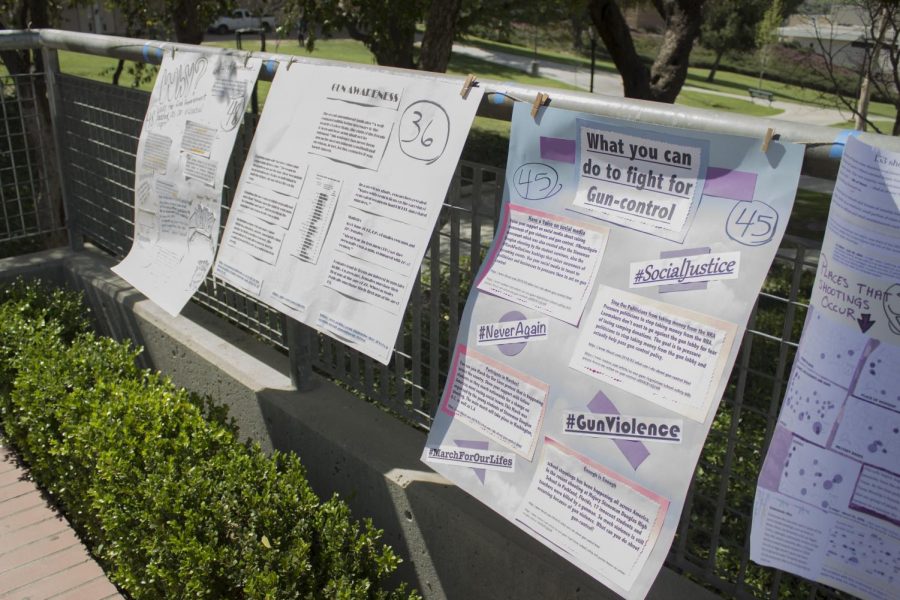Stem cell research has the ability to treat many deadly diseases including Lou Gehrig’s disease, diabetes, and Parkinson’s disease.
Discovered in the 1980’s, stem cell research has been a topic of discussion from doctors to politicians alike.
“We are about 10 years away from the next big discovery and development in medicine,” said Beth Seidenberg, a physician and venture capitalist who spoke to Moorpark College faculty and students on Multicultural Day. “This is the dawn of new bio-technology.”
When a sperm fertilizes an egg it becomes an embryo. Inside an embryo there are pluripotent inner mass cells, which have the ability to become any tissue in the body.
That includes the circulatory system, nervous system, and immune system. These cells could be used to form an organ such as a heart or liver that can be transplanted into a human body.
“We are going to be able to take diseases that we can’t treat today and be able to treat them,” said Seidenberg. “[Stem cell research] is a tool that is going to help us solve the mysteries that are these diseases.”
The debate about stem cell research is determining when human life begins.
Some argue it is as soon as the sperm enters the egg and therefore oppose stem cell research. Others argue that a life does not begin until later on in the process and that it is ethical to take the inner mass cells to treat disease.
Unlike the U.S., China is a front-runner in funding stem cell research. The Chinese have completed experiments and have cloned several animals including rats.
“This is really exciting,” said Seidenberg. “This is the future. The opportunities are boundless.”





